




















Prior to my studio session that I had booked, an opportunity occurred to go down to the site. Due to the late notice of the visit, I could only gather some artificial flowers and daisies but it gave me a chance to get in the studio and prepare for my planned session.
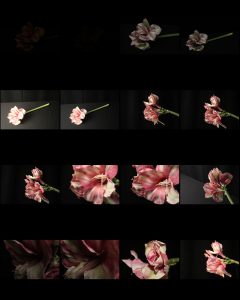
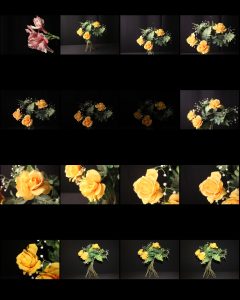

Despite a lack of preparation as it was only to understand a sense of surrounding and conditions for the studio, I feel this photo shoot is very effective. The contrast between vibrant coloured flowers and dull yet powerful black backgrounds really helps define the flower and maintain our attention on the flower. I feel this is a very strong photo shoot as I attained some quite impressive photographs.

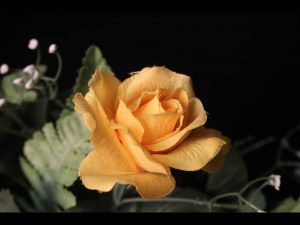

The close-up nature of the selected photographs help focus solely on the object in question, this is furthered by the black background which allows the attention to remain on the object. Although these images were not taken during my booked studio session, I would consider using these photographs in a final in a unique combination of pictures. The images provided good studio experience for taking close-ups of flowers as I adjusted light(s) and camera angles to get the best outcome.
The main 4 photographers that influenced my ideas for human structure are:
Josephine Cardin
Born in San Domingo, Dominican Republic. Who grew up in South Florida before moving to Massachusetts in 2006. She now works in Rochester, NY.
Her work is inspired by music, dance, human themes of loneliness, isolation, love and loss. She uses both dancers and self-portraiture that illustrates seduction, bewitched and explores the human sensibilities, usually through abstract stories through the visual photographs.
She herself started off as a ballet dancer. She then had a few professional jobs in art whilst still producing her own photography which was personal and professional as a freelancer.
Dalton Campbell
Photographer in Austin Texas who specializes in portraits, fashion, editorial, commercial photography. In his 20’s he had his won company building and designing race cars until 2008 when he went back to business school and getting a degree in it. He hoped that he could change his career for something that would allow him to connect with people more. He then purchased his first camera which was a hobby until January 2013 when he sold everything he had so he could travel around Europe as a photographer. After his travel as a full time photographer he returned home with experience and understanding where he now uses to go deeper into world of photography.
Some of his clients include: Sony Music Entertainment and the Rolling Stones Magazine.
Bill Brant
By name of Hermann Wilhelm Brandt, born May 1904 in Hamburg, Germany and died December 20th, 1983, London, England. He was known for his 20th-century British life and his unusual nudes.
After his early schooling in Germany, he stayed in Switzerland during which he took up photography. He worked briefly in Paris in a studio of an American artists. In 1931 he returned to England and became a freelance photojournalist.
When World War 2 began, Brandt became a staff photographer for British Home Office, taking photographs of home-front scenes like air-raided shelters, London crowds and the underground train station. After the war, he started taking photographs of landscapes associated with literature.
Then in the 50’s, he started his best work of “Perspective of Nudes”. He used wide-angle fixed lenses at close range to the human body parts, which distorted the way the body looked, making an abstract, transformed figure. He then integrated the elements rocky beaches or cliffs into these photographs. This was the last work he ever did before he died.
Miguel Ribeiro
Born 18th August, 1952, Lisbon. Then lived in Mozambique from 1954-1972 when he then moved back to Lisbon to study medicine and then leading him to buying his first camera 2 years after graduating. He then moved to South Africa in 1980-1991 working as an consultant in Internal Medicine. After being inspired by the attitudes towards disease and death by black patients, he started a collection of medical photographs. He then moved back to Lisbon where he now lives and works.
Then from 2000 – 2008, he was fascinated in his own body, the textures and sculptural side of things which he stripped the human identity away from it. From these images he made short films attached with music.
To gather some better and more rounded ideas, I walked around my house. I collected images to try and develop a feel for taking still-life photographs. I tried to capture images of flowers before I take them into the studio to ensure I think they’re the correct objects because I wouldn’t want to pick or damage the flowers/plants if I wasn’t to use them.
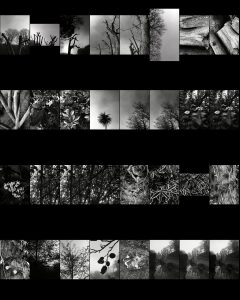
Although this defeats my concept of colour and nature coinciding but in this series of images, I thought it was best to alter the saturation each image to a black and white effect.

From this collection of images, this is my favourite. The black and white effect reflects the melancholy and somber feeling of the tree following segments being cut off and also the natural hardship of autumn. This struggle against the colder months of the year are reiterated within the image by the repetition of trees in the background that are without leaves. The reflection of the tree against the brook signifies nature has more than one dimension and establishes the struggle the tree is facing. The ends of trees have been stumped, showing how the structure has been cut short by man kind, acting as a prevention for allowing the tree to reach its full potential. If I was to pursue this image further, I’d edit a healthy version of this tree in the reflection and colour splash the water to play on this concept of the varied dimensions of nature.
After school, I walked into town and decided to take pictures of natural structures to stimulate some ideas and create an in depth concept of my task. The outcome was quite beneficial for understanding what I wanted to aim towards and strengthen my concept.

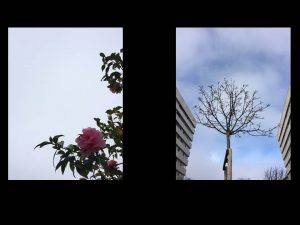
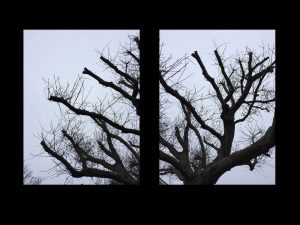

To ensure I am fully prepared for my studio session, I wanted to explore alternative techniques or at least gain some tips or technical advice in order to make my photographs as sufficient as I possibly can. Utilizing the internet to my advantage, I visited ‘YouTube’ to gain some knowledge upon still life images which is when I stumbled upon this video.
Although the video is based upon glasses, I thought the content of the video provided useful tips for my studio session. In order to gain the best results, I will need to attain the correct light sources, as well as reflectors and some sort of glass or mirror.
Before my studio session, I attempted to take some still life pictures in and around my home. The outcome is varied but the process enabled me to understand the value of a sufficient camera rather than using my iPhone. However, I only used my phone in this circumstance due to the limited access to a camera but these pictures wouldn’t be used for my finals and the purpose of this task was just to get a feel for taking close up images of objects.
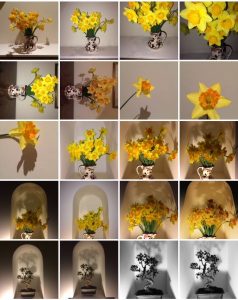
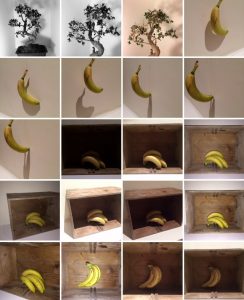
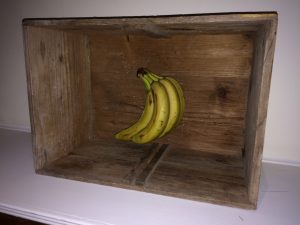
I thoroughly enjoyed creating this scienario as I gathered the wooden crate, a bunch of bananas and fishing line. I tied up the bananas using the fishing line and then threaded the line through a gap within the box, giving the impression the bananas are hanging.


The purpose of the hanging bunch of bananas within the wooden crate is to help portray how man kind has contained nature. The bruises upon the banana demonstrate how nature is damaged due to human’s narcissistic behavior and ignorance towards the natural world. As stated on one of the bananas, the bunch in question were grown in Brazil, which is home to a big sector of the natural sensation that is the Amazon. The Amazon rainforest, however, despite its beauty, has been a subject of human destruction as the rainforest has been ransacked in order for locals to make a living. This cruel circle signifies the detrimental effects ‘supply and demand’ have upon the environment as in this image the group of bananas is a visual representation of natures struggle and in particular the Amazon. Not only does this affect various types of plantation, but the destruction of trees etc… means animals such as birds and monkeys struggle to find a habitat to live in, leaving them overly exposed to bigger predators. By creating and staging this photograph, I wanted to express my concern with man kinds forever growing greed and inconsiderate global dominance over nature.
For my exam, I was heavily inspired on the thought of the human structure and how people express their bodies and how the body represents words and feelings.
When thinking about structure, most people go straight to buildings and architecture and I wanted to do something different, out of the ordinary, so that was also another factor that influenced my choice for this exam.
I also didn’t like the ideas that where given in the exam paper booklet as they where to “normal” and everyone and anyone can do that.
So I ended up with the word “Human Structure” as my starting point.
“Typology is the study of types, and a photographic typology is a suite of images or related forms, shot in a consistent, repetitive manner.”
Karl Blossfedlt (1865-1932) was a German artist and teacher who gathered photographs in close proximity to allow his art students to see the object in question from all sorts of angles, making creating the picture easier. He usually took close-up photographs of deceased plants. Having publish his work in 1929, fellow artists and photographers developed on the idea of typologies in photographs.
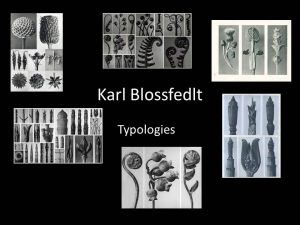
Typologies are a great technique for developing ideas closely and in detail as the close proximity of the photos forces you to see all angles of photographs. By utilizing the technique of typologies I can gather a series of photographs together in an attempt to alter the way the average man views nature around us, hopefully understanding the true beauty that the world posses.
Here are some examples of flower typologies…
